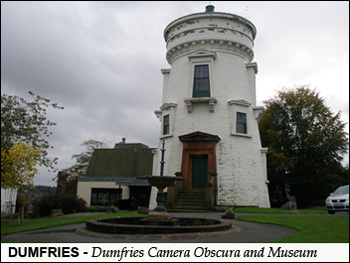The Salt and Pepper Shaker Museum, Guadelest

As you wander around the Salt and Pepper Shaker Museum (or Museo de Saleros y Pimenteros) in Guadalest, you can’t help but smile at the display of fat chefs, ruby red tomatoes and, guardsmen in bear skins. What’s more, there are Beatles, Santa’s feet sticking out of a chimney, pistols and potatoes and, a copy of the salt and pepper shaker cufflinks that Lady Diana wore. Fortunately, they are sealed, or their contents would have sprayed everywhere when she shook hands.
The twenty thousand pairs on display are only half of the collection of Andrea Ludden. The rest are on display in another museum in Gatlinburg, Tennessee. The collection was started by the simple purchase of a pepper mill at a garage sale – but it didn’t work! So Andrea bought a couple more and neighbours thought she was building a collection – the last thing on her mind at the time. Eventually she had about 14,000 on shelves all over the house, even in the bedrooms, so the family decided to create a museum.
“It’s amazing the things you learn without expecting it.”, says Andrea. “For example, the word salarium, salary, comes from the fact that Roman soldiers were paid part of their income in salt. It’s also thought that the word ‘soldier’ itself comes from the Latin sal dare, to give salt. If you look at common phrases such as ‘the salt of the earth’, he’s not worth his salt’, ‘below the salt’, etc. you get an idea of how important salt was.
It wasn’t until the 1920s, when Chicago-based Morton Salt added magnesium carbonate to their product, that it was possible to pour salt from a sealed container.
Morton’s development was the beginning of the salt shaker but it was the automobile that lead to them becoming collectable items. Because people could travel more freely, either for work or on holiday, the souvenir industry came about. Salt and pepper shakers were cheap, easy to carry, colourful, and made ideal gifts. Imagine you lived in an isolated village somewhere and your son or daughter brought you a set in the shape of the Buckingham Palace when they came on their annual visit home. It wouldn’t get used, it would be carefully kept as a decorative item. That’s how many of the early collections began.”






